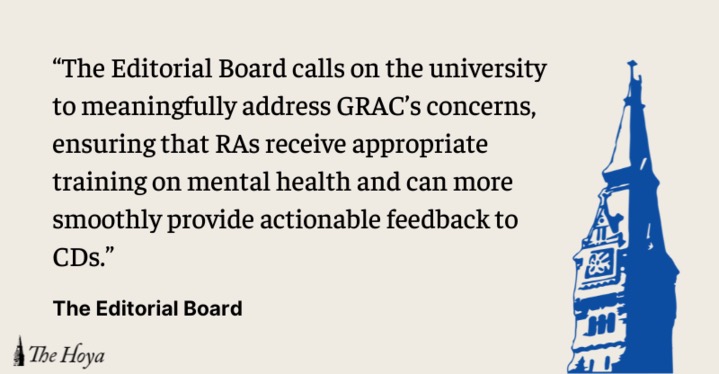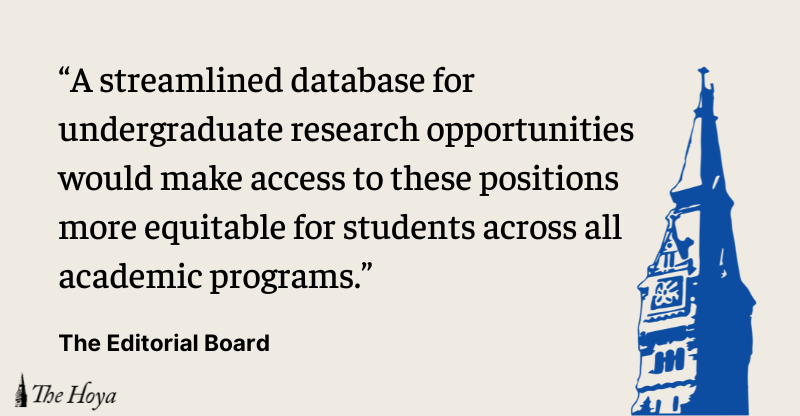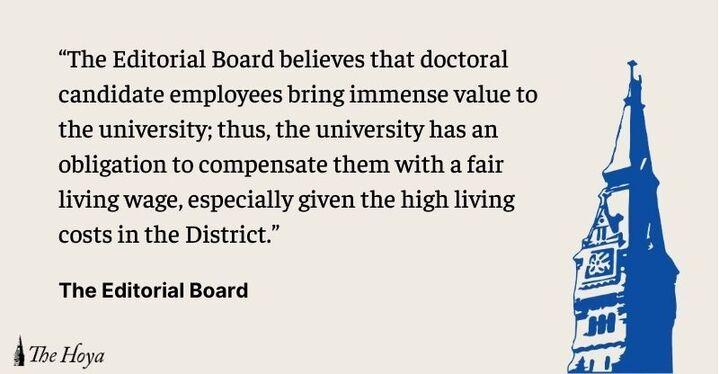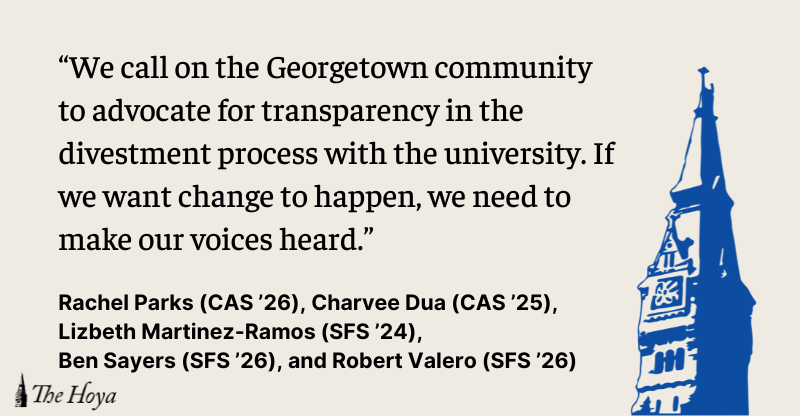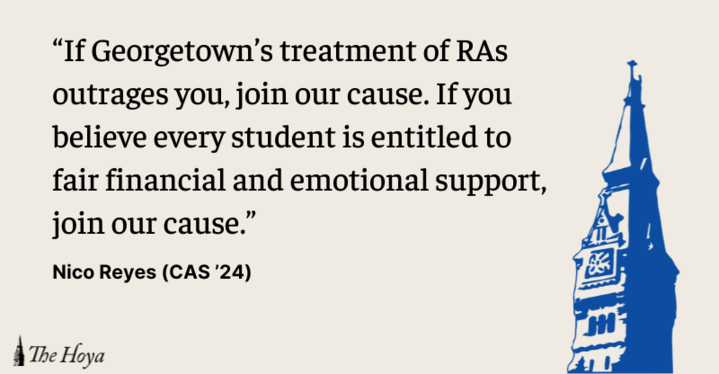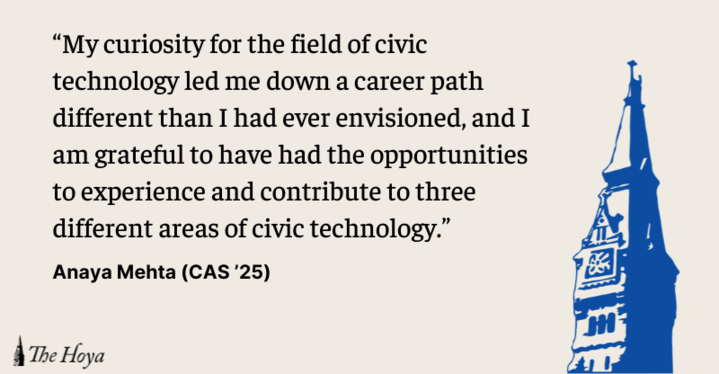While Georgetown’s steep drop from No. 46 to No. 88 in The New York Times’ College Access Index rankings might seem concerning, the rankings do not reveal the full picture. The university has prioritized funding full scholarships and meeting the financial needs of students in spite of a small endowment, indicating a genuine commitment to socioeconomic diversity that did not show in the rankings.
Universities were ranked based on their share of students who receive Pell Grants, the graduation rate of those students and the price that colleges charge low- and middle-income students. Among 179 schools, Georgetown received the same index score as Colgate University, the University of Southern California, Mount Holyoke College, the University of Connecticut and Lawrence University.
The problem with these metrics is that they do not pay nearly enough attention to graduation rates. Georgetown is compared to schools with 25 percent low-income student drop-out rates like the University of Connecticut. Although Georgetown is ranked alongside schools with as low as 72 percent graduation rates for students on aid, GSP students —of whom 150 made up the incoming class of 2018 — graduate at an impressive rate of 97 percent.
Georgetown has also distinguished itself through a scholarship program that provides mentorship, academic support and access to a wide network of resources. Here, low-income and middle-income students do not simply receive a scholarship. GSP’s offices help students face other significant barriers after enrollment, helping with high tutor costs by connecting students with lost cost alternatives a lack of financial planning with the Common Sense workshops.
Even so, The New York Times’ ranking does reveal how Georgetown’s small endowment correlates to a lack of resources directly available to low-income students. As Dean of Undergraduate Admissions Charles Deacon acknowledged, the lack of financial aid dollars puts a strain on the financial aid office’s ability to compete with other peer institutions.
Nevertheless, Georgetown has made tremendous strides in the past to dramatically increase access to all students. If you look at the historical trend, with the creation of organizations like GSP in 2004, Georgetown has vastly increased the quality of aid offered to low-income students. Even if the current endowment holds the university back, Georgetown is moving in the right direction.




